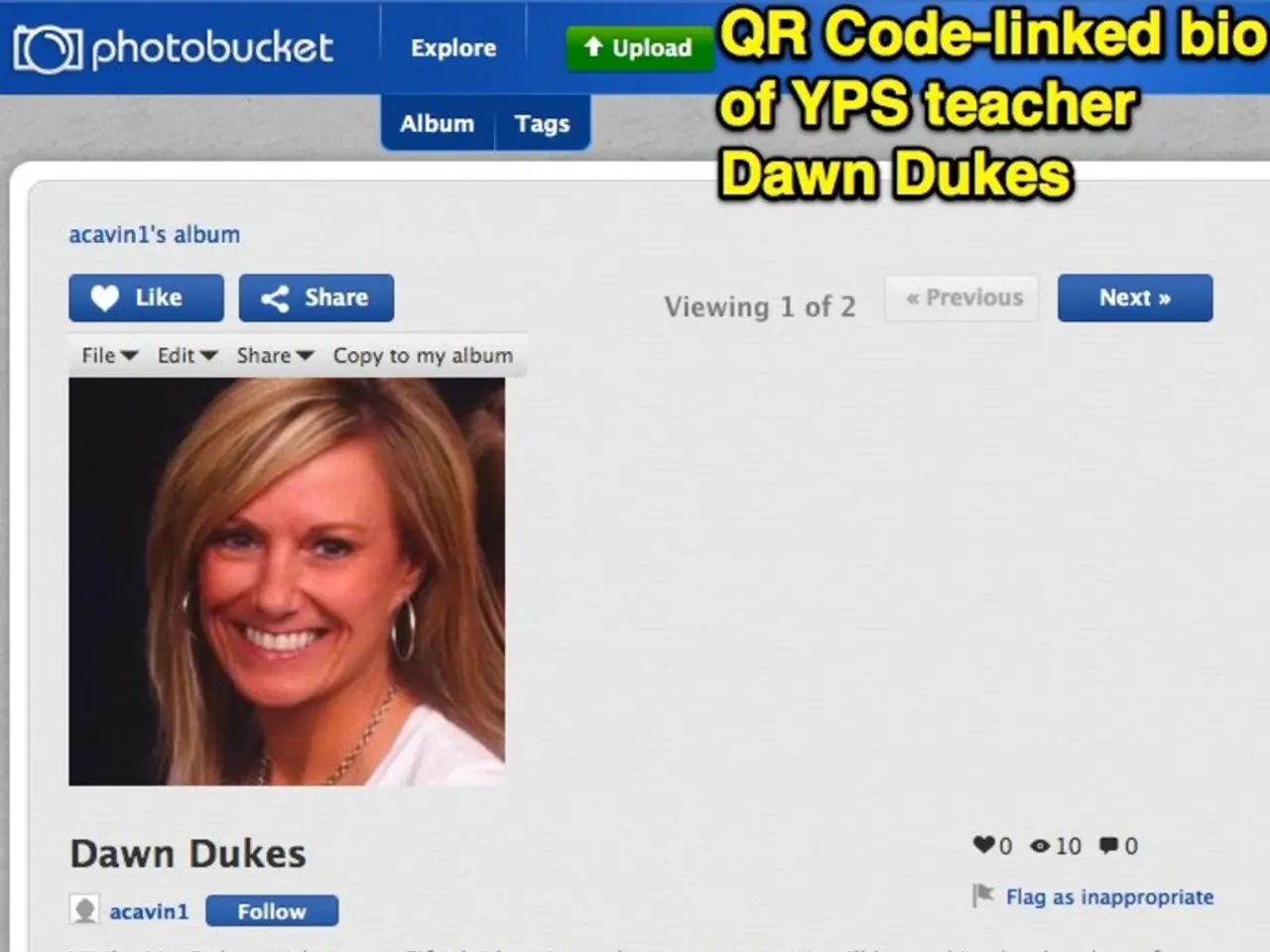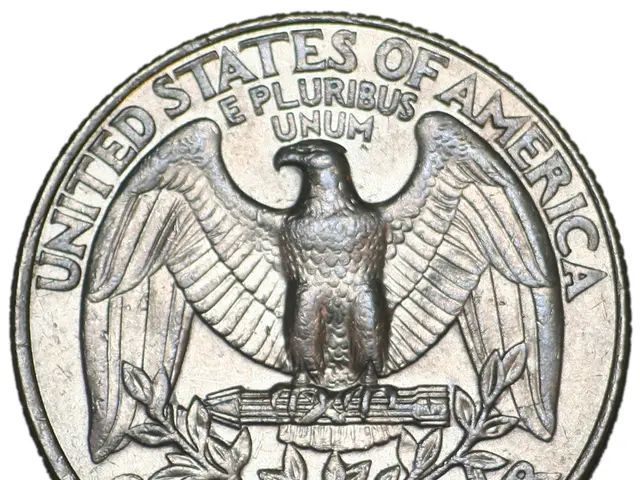Strategy: Promoting Small Businesses on Social Media Platforms
In today's digital age, social media marketing has become a crucial tool for businesses of all sizes. Here, we'll explore effective strategies to help small businesses make the most of their social media presence.
Structured Social Media Strategy
A well-structured social media strategy is key to avoiding daily content stress and ensuring consistent, goal-aligned content. By batching content creation, scheduling posts in advance, and aligning content with marketing goals, small businesses can significantly improve engagement and return on investment, even with minimal time investment and zero budget for ads initially.
Affordable Social Media Tools
Cost-effective tools like Buffer can support small businesses to maintain regular posting and monitor performance without a large expense. Buffer offers a free plan and paid plans starting under $10/month, featuring planning, scheduling, analytics, engagement, and link-in-bio pages.
Organic and Creative Marketing Tactics
Engaging your audience is essential for success on social media. Offering free product samples or branded merchandise can encourage sharing and repeat purchases, while leveraging free social media features can yield strong results before investing in paid promotions.
Leveraging Free Social Media Features
Since account creation and posting are free on most platforms, focusing on quality, regular posts, and engagement can yield strong results before investing in paid promotions. When ready to scale, affordable options for advertising are available.
Maximizing Popular Social Media Platforms
Create a business page and optimize it with relevant information, share a mix of engaging content, use High Performing Facebook Lead Ads, engage with your audience through comments and messages, and schedule posts for optimal reach and consistency.
Create a business account to access analytics and promotions, post visually appealing images and stories about your company, improve discoverability with relevant hashtags and geo-tags, collaborate with influencers, and use Instagram Ads to reach out to certain demographics.
Create a strong presence with a distinct brand look, tweet on a frequent basis, focusing on hot topics and relevant hashtags, use Lists to organize and interact with important people, use Twitter Ads to broaden your reach, and respond to mentions and direct messages as soon as possible.
Create an engaging corporate page and individual profiles for essential team members, distribute professional, industry-specific content, connect with industry experts, clients, and possible partners, join LinkedIn Groups, and for B2B advertising initiatives, use LinkedIn Ads.
TikTok
Create visually appealing and innovative videos that reflect the personality of your brand, take advantage of TikTok trends and difficulties to stay relevant, respond to comments and interact with your audience, create branded hashtags, and consider using TikTok ads or even buying TikTok followers to reach out to targeted audiences and increase brand awareness.
Increasing Engagement and Followers
Running promotions such as contests or giveaways can increase engagement and attract new fans. Increasing social media followers can be achieved by running targeted follower acquisition campaigns or partnering with influencers. Hiring a social media agency can help align goals with tailored strategies that maximize impact and reach.
Maintaining a Consistent Brand Image
Maintaining a consistent brand image across social media profiles can increase visibility and brand recognition. Prioritizing mobile optimization is important for reaching customers who use mobile devices to access social media. Using visuals such as images, infographics, and videos can make posts more appealing and easier to sell.
Strategic Advertising and Analytics
Strategic advertising can help small businesses grow by reaching the right audience and communicating the value proposition effectively. Social media tools such as Hootsuite, Buffer, Sprout Social, BuzzSumo, Later, and Sprinklr can help streamline social media presence, monitor performance, find content trends, and manage other areas of digital marketing.
Tracking and evaluating social media performance can help fine-tune the strategy and choose the best platforms for the business. Staying informed on social media trends and platform updates can help keep content relevant and engaging.
In conclusion, a well-planned social media strategy, combined with affordable tools and creative tactics, can help small businesses maximize their social media marketing efforts and achieve their objectives.
- By aligning food-and-drink content with marketing goals and leveraging free social media features on platforms like Facebook and Instagram, small businesses can effectively engage customers and improve their return on investment.
- To boost their technology presence and reach a broader audience, small businesses can utilize affordable social media advertising options on platforms such as Twitter or TikTok, while also collaborating with influencers to increase engagement and followers.




